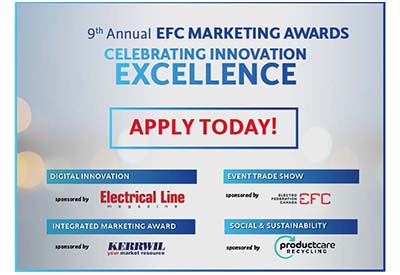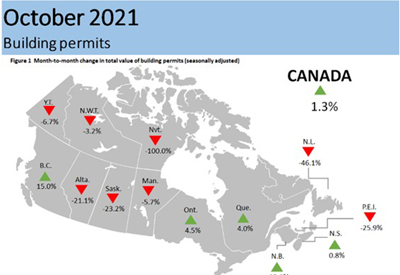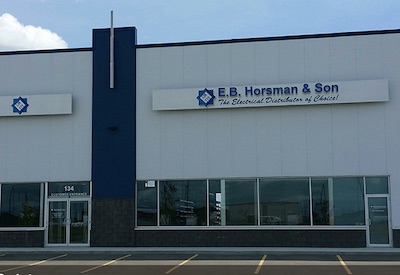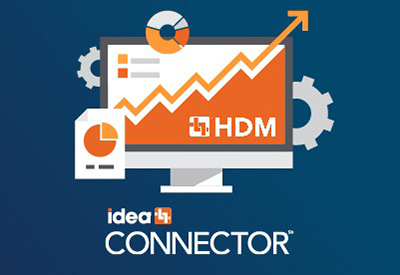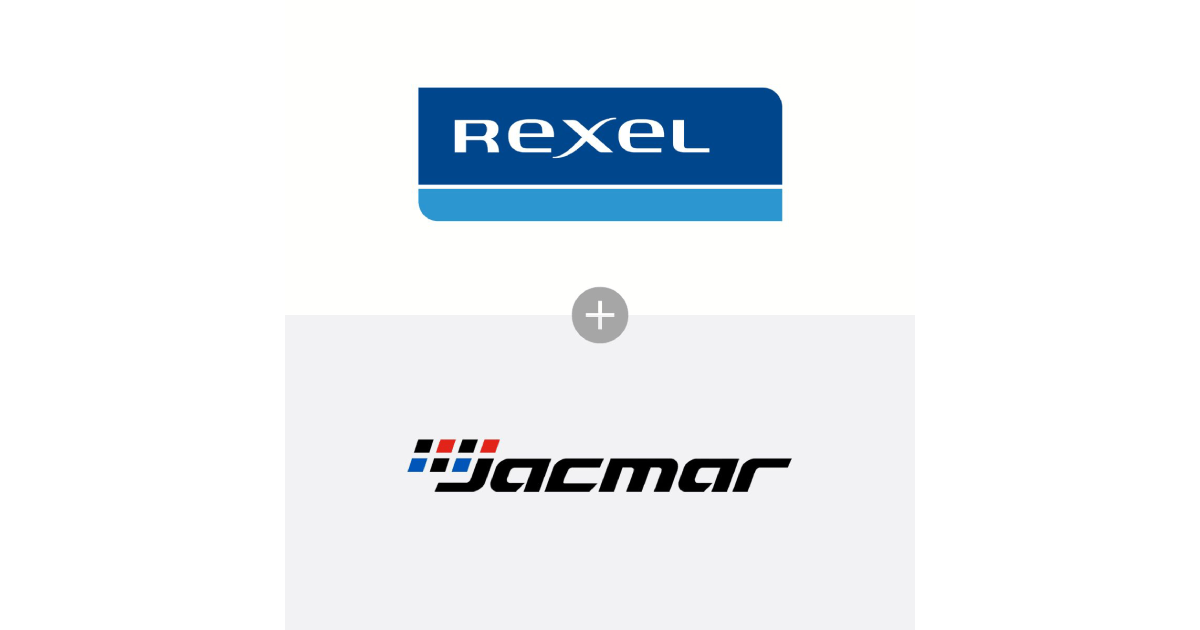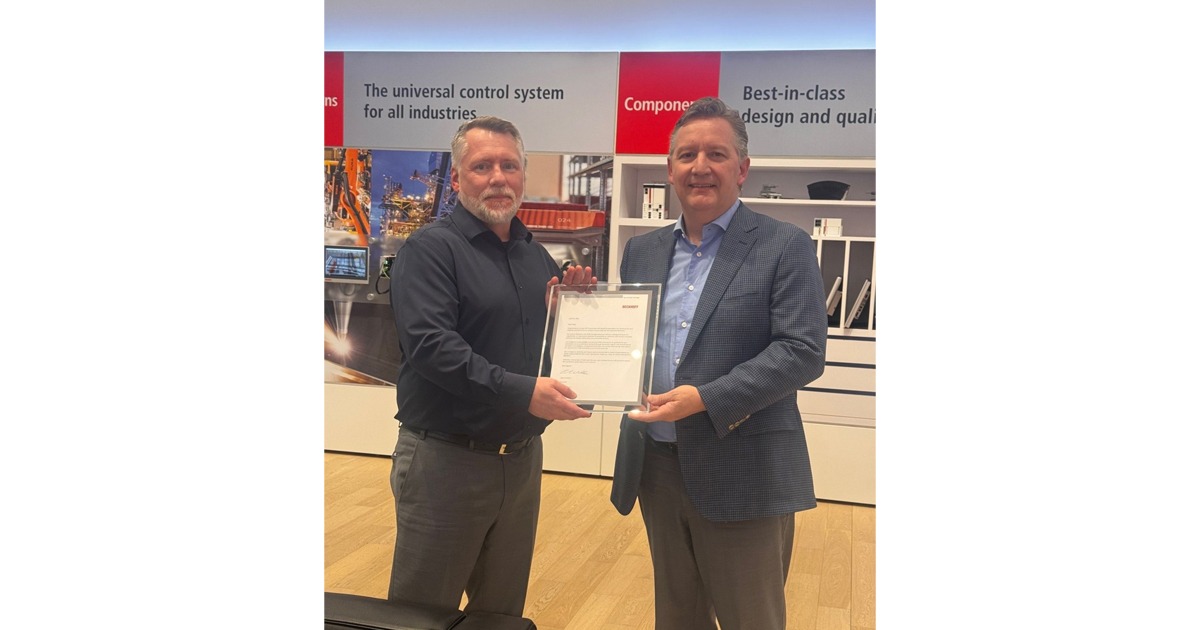Lessons Learned from eCommerce Transformation of Office Products Distributors

May 31, 2019
By David Gordon
eCommerce has been all the rage the last couple of years with progressive companies leading the charge and investing in new websites as well as product content. In fact, there are companies that are now on version 2 or 3 of their eCommerce journey. And more distributors are considering integrating eCommerce transformation into their planning … and suppliers are developing curation strategies to support distribution while increasing communications directly to end-users and specifiers.
Many embarked on the journey listening to those who cried like Chicken Little… “You have to run to eCommerce because Amazon is going to put you out of business.” And, unfortunately, many of these “industry-focused” companies didn’t have experience in eCommerce as they were start-up companies and eCommerce was new in the electrical channel.
Millions were invested and many of those companies today generate a small percentage of their business via what one analyst calls “click and ship” (website ordering).
However, eCommerce, defined as business transacting electronically and providing your customer an omni-channel experience where they can purchase online, peruse a robust online catalogue to determine specs, download spec sheets, view videos, etc, and essentially let them interact with you as they desire (as some want self-sufficiency due to easy of interaction).
Our new advertiser, EvolutionX-Electrical, a product of ES Tech Group, has been providing B2B eCommerce sites to distributors for over 20 years. In fact, they have over 350 distributors using their platform. Their model is relatively simple to implement but is very robust in its features as they’ve been built over time. They started in the office products industry which, other than bookstores was one of the first industry’s to be disrupted. So, we asked Dave Bent, President of U.S. Operations, what can be learned from the office products industry. Here’s what he told us.
9 eCommerce Lessons from the office products industry
Office Products (OP) distribution was the first industry to adopt B2B eCommerce in the 2000s. Today, it is the most digitally sophisticated B2B eCommerce vertical, providing lessons that Electrical Distributors can learn from.
The OP digitalization journey spanned 20 to 25 years. Electrical B2B distribution presently looks like OP did in the early 2000’s, but evidence indicates that the timespan for similar impacts in electrical could be as short as five years. Review the lessons learned below and consider them to accelerate your eCommerce venture!
1. Don’t wait to get started: going online is a journey, not a single-day event
The OP B2B eCommerce journey began in the 2000’s and accelerated as Big Box retailers such as Staples, whose corporate division called on businesses, made a massive shift online, challenging independent distributors. A decade later, Amazon Business entered their first B2B vertical: OP. Today, most independent OP distributors are doing over 70% of their business online – and those who did not go digital have gone out of business. We are seeing a similar dynamic today in electrical distribution as larger players provide a compelling procurement experience through their websites.
2. Engage your entire organization in the shift to online — make sure your sales incentive structure and commissions align with your goals in an online world.
Many electrical distributors look at eCommerce as a separate effort from their core business, describing it in terms like “Digital Branch.” The eCommerce component of a business must be fully integrated throughout the core sales and marketing process, otherwise it will fail. The entire customer facing organization must embrace eCommerce and have their incentives and commissions aligned to the digital goals. Many early OP eCommerce adopters failed to see this, and the organization worked to preserve the status quo where they felt more comfortable, thus hindering their digitization and ultimately resulting in failure.
3. Complement your existing team with digitally savvy new hires.
Adding a small number of technologically savvy next-gen team members accelerated OP distributors efforts, but they needed to be given the opportunity to help drive internal process change. The most successful distributors created aligned teams across marketing, sales and customer support with longstanding and new employees working side-by-side.
4. You need an exceptional web platform loaded with excellent product information that can also connect to your back-office systems.
Staples, an OP giant, is the very best example of how this works: they became one of the biggest online players within a very short time period because they focused on having the best product content and a webstore to create the ultimate customer experience. They constantly experimented to understand what their customers valued most. (And yes, they are now “challenged” by Amazon Business, but I’m talking the early years.)
5. Make sure your site is fully mobile responsive
“Mobile everything” is today’s expectation in OP. Buyers are no longer sitting at their computers to research products, compare pricing and make purchases; instead, they’re bouncing between their tablets, smart phones, and computers. Think of electrical contractors and maintenance engineers out in the field looking to place a will-call order at one of your branches. If a potential or current customer cannot access your website on a mobile device, they’ll move past your site and continue their buying on a site that does work on mobile. Don’t lose these customers because your website isn’t mobile friendly – get a website that works everywhere your customer is.
6. Drive customer loyalty, increased order size and fewer returns: your site must have the very best “search” combined with great online merchandizing
The foundation of digital loyalty is a website that provides awesome search, which would be better labeled as “find!” If customers cannot quickly and easily find what they are looking for, they will abandon the site and possibly never return. Large OP resellers quickly proved that they needed the very best product content – including images, marketing copy, data sheets and more – in order to close sales on the web. Moreover, the content had to be organized into an online catalog with a taxonomy that was centric to how customers would search. All of the above is also true for the electrical industry, and great product content and search drives even more importance as the leading online electrical distributors report that users spend extended time on their sites researching products and printing data sheets such as installation guides. These foundational elements are “must haves” for your commerce solution.
7. Incentivize your existing customers to come on-line: you and your customers gain real efficiencies through this process
OP statistically proved that if you can get a customer to order online three times, they will likely stay with you long term. Combine your knowledge of your customers with the right campaign messages to bring this to fruition. Offer three promotions to your customers on their first three orders. For instance, in week one, offer a coupon for a product you know they frequently buy; in week two, give them a free gift when their order exceeds a certain amount; in the third week, give them a buy-one-get-one-free special. Make sure these promotions are available exclusively through your webstore — not through your direct sales representatives or other means — to ensure they keep coming back to the webstore to make their purchases.
8. Take a close look at the overall procurement needs of your existing customers: do they buy adjacent products that you can also sell them? By answering this question, you can grow your share of wallet with them and make the logistics and overall pricing more effective
OP expanded to become “Business Products” as they added products traditionally found in other industries – Technology, Janitorial, Breakroom, Safety, and some Industrial Supplies – to their online catalog. They realized that products from all these categories were being purchased by their customers, and the same buyer, and they wanted to become a one-stop-shop for business purchases, rather than just a single component in the daily business needs. And in some cases, the OP distributor had teamed with another local distributor who offered the new product category so the two companies could cross-sell to better compete against the Staples goliath. Providing more products means you’re likely to see bigger orders, which means more products can ship together and logistics costs will be lower. Additionally, selling more products to current customers is more effective than finding new customers. If you branch out into the right direction, every party benefits.
9. Enable punch-outs on your website for your larger customers and government or state entities. Integrated eProcurement capabilities are now expected and result in a very sticky customer relationship.
Punch-out eProcurement services grew drastically in OP over the last decade; they became a significant selling point and allowed smaller distributors to offer equivalent capabilities to Big Box competitors. Don’t know what a punch-out is? In simple terms, it’s a process where customers order directly through their procurement system, gain the product information they need from your website, then get their internal approvals so the order can be completed. In other words, it’s as close to a direct connection with you that an institutional account can get. Most large customers and government entities have shifted to managing their e-procurement by leveraging punchouts to better manage spend and maintain insight of purchasing activity.
The office products markets was one of the first distribution verticals to be transformed by eCommerce initiatives. They had to respond to their customers in order to retain business. Not only did OP distributors transform their business practices by adopting eCommerce techniques by supporting online ordering but they further expanded their offerings through complementary products and services to create new revenue streams. Product content also played a big role during this journey with manufacturers, and third parties, collaborating to provide content to the distributors so that independents could compete.
ES Tech Group was born to support OP distributors. We built product content for manufacturers to syndicate to their distributors and then were asked to build an eCommerce platform to support the distributors. Today, many OP distributors utilize our SaaS model and access content from their suppliers. ES Tech is now supporting electrical distributors and has partnered with DDS (Distributor Data Solutions) for electrical product content to bring a vibrant, individualized, eCommerce experience powered by a cost-effective, well-tested, SaaS eCommerce infrastructure that is currently being used by over 350 distributors from many industries with leading eCommerce product content as DDS has over 3.5 million electrical SKUs that is updated regularly with the most manufacturer supplied content.
eCommerce transformation occurred in the office products industry. Learning from it can help electrical distributors accelerate their e-transformation.”
Dave Bent, President of U.S. Operations for ES Tech Group, was CIO for Essendant (a $5 billion business products wholesaler) for 10 years. During his tenure, one of Bent’s primary focuses was taking Essendant and its customers from paper catalog-based selling to digital webstores by creating, implementing, and managing their eCommerce journey; dbent@estechgroup.io
ES Tech has taken their expertise, combined it with the 3.5+ million SKUs from DDS (Distributor Data Solutions) to provide a powerful, robust, web platform that has “all the bells and whistles” plus more and can be up and running in 120 days… and affordably. And the best part, your IT department doesn’t have to take the lead. Let us know what you think of their EvolutionX – Electrical offering (video webinar is online) and their demo.
David Gordon is President of Channel Marketing Group. Channel Marketing Group develops market share and growth strategies for manufacturers and distributors and develops market research. CMG’s specialty is the electrical industry. He also authors an electrical industry blog, www.electricaltrends.com. He can be reached at 919-488-8635 or dgordon@channelmkt.com.

